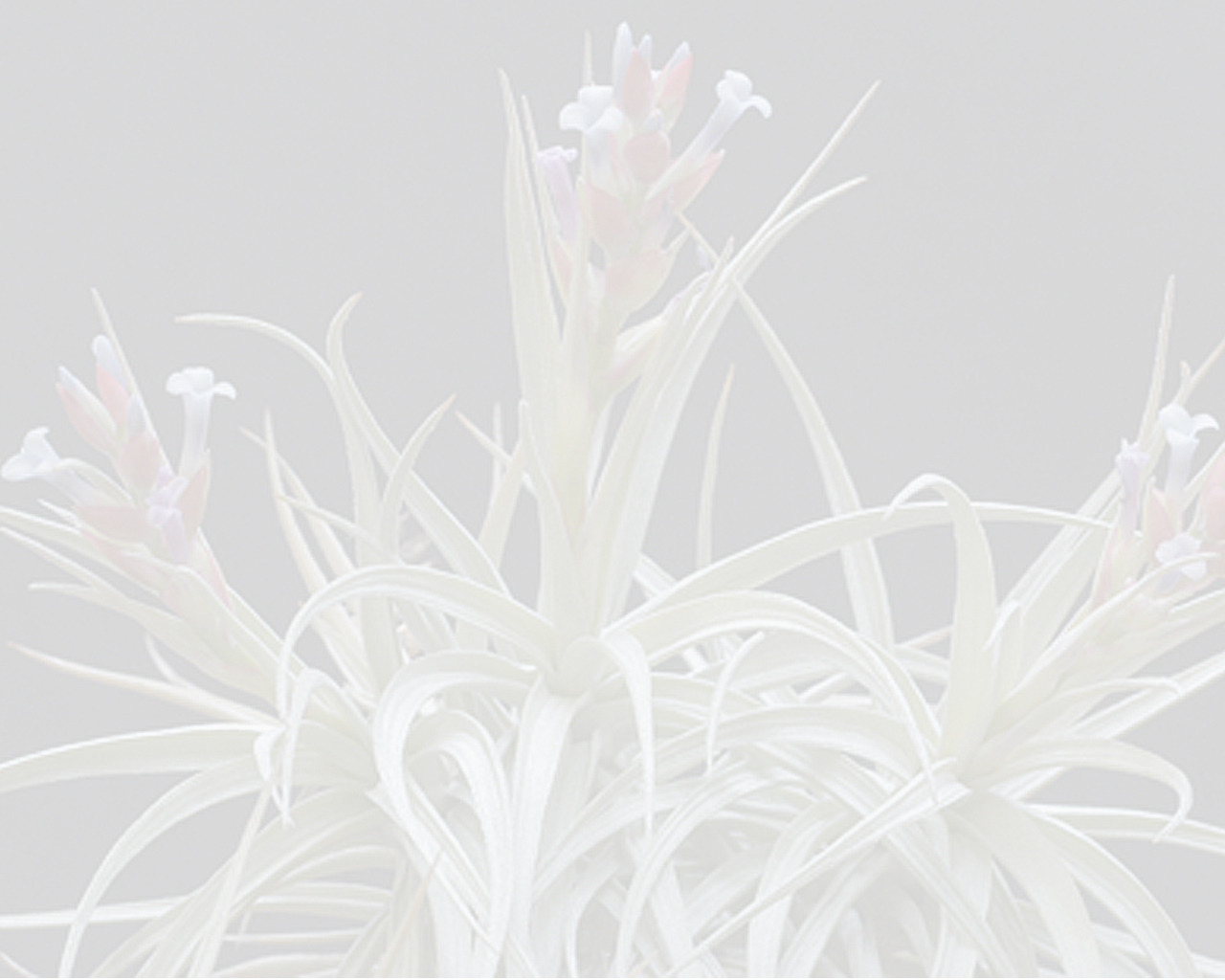



plant epiphytic, stemless, flowering up to 25 cm tall, bulbous, forming a very dense large bulbous rosette with involute blades. leaves densely appressed-lepidote; sheath ample, broadly elliptic or broadly ovate, inflated, scattered lepidote to minutely appressed lepidote or brown-lepidote, brown; blade 13 cm long, just above the sheath up to 1.5 cm wide, fistulose-stipitate,, apex attenuate and apiculate (uncinate recurved), coriaceous, , irregularly twisted, margins margins involute. inflorescence once-branched, paniculate, few flowered, almost twice as high as the leaves; peduncle erect, ending uncinate re-curved, slender, grey, densely and adpressed lepidote later glabrous; peduncle bracts exceeding the internodes; axis appressed lepidote with grey scales, later glabrous, geniculate; primary bracts the lower to middle ones equaling or slightly exceeding t the axillary branches, broadly ovate to lanceolate, inflated; spikes divergent and abruptly curved, not secund, distichously ca 6 flowered, stipe very short; rachis more or less geniculate; floral bracts spreading, not at all imbricate, much shorter than the sepals, 3 mm long, very broadly ovate, acutish, not concealing the rachis, abaxially lepidote. flowers sessile, suberect; sepals 4–5 mm long, subobovate, tip clearly obtuse, asymmetric, with an extended lateral rounded marginal wing on the right side, coriaceous, free. fruits 15 mm long, cylindric-prismatic, adaxially almost black, valves abaxially pale brown slithtly rugose; seeds the coma white.Translated by Eric Gouda (25-04-2024) from: Mez 1901. (protologue) Bromeliaceae in in Pilger, R. - Beitrag zur Flora von Mattogrosso (Schluss).